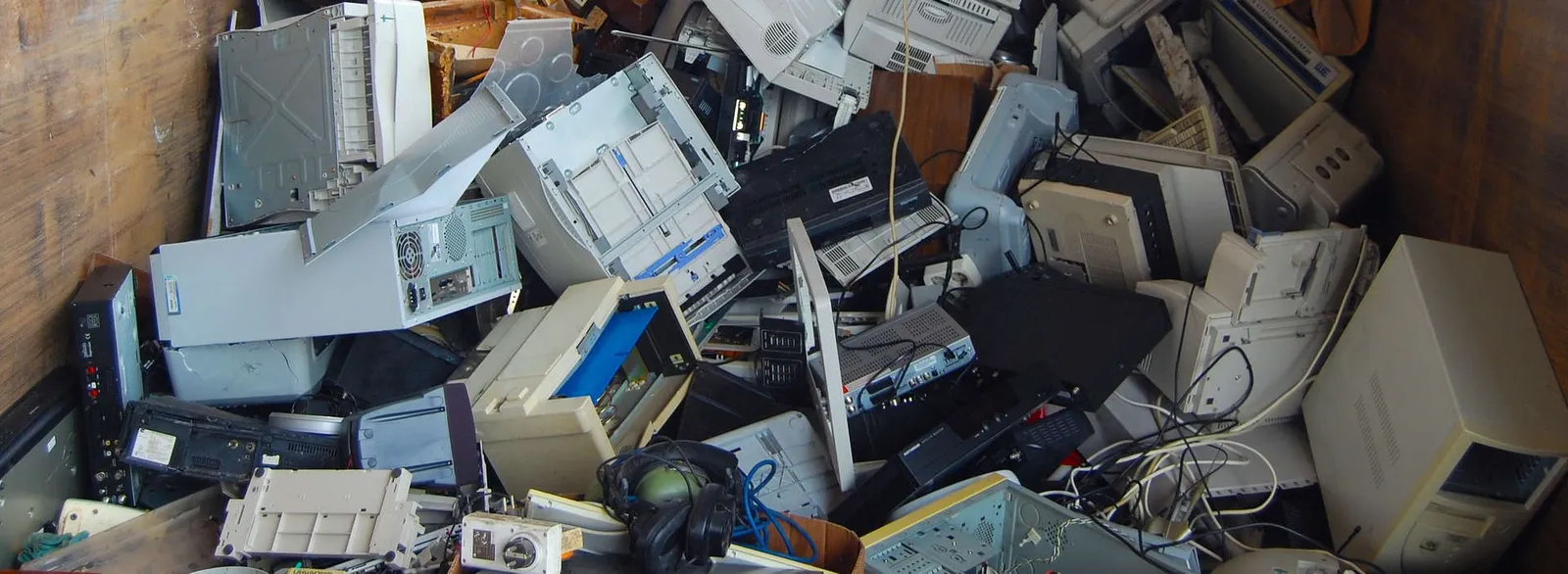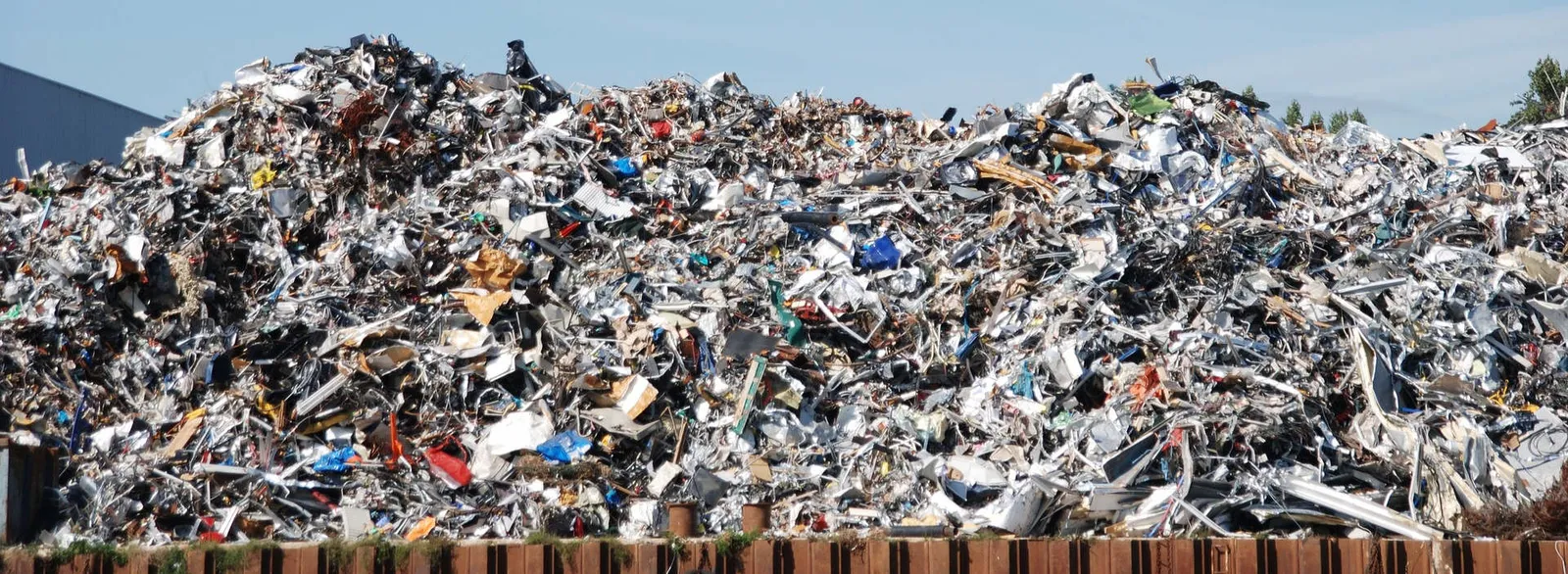If you are interested in ecology and recycling - sign up for our newsletter
How Hydrogen Propulsion Works
Hydrogen propulsion systems in cars operate by reacting hydrogen with oxygen, producing water and releasing energy that powers an electric motor. This means hydrogen vehicles function similarly to electric cars, but instead of relying on large battery packs, they use a fuel cell and a high-pressure hydrogen tank. For the driver, the experience appears clean and straightforward, as the only emission is water vapor.
The system, however, is complex when viewed across the entire energy chain. Producing green hydrogen requires significant amounts of renewable electricity, and processes like electrolysis, transport, and storage generate losses that reduce overall efficiency. Hydrogen also needs to be stored at high pressure, which introduces additional engineering and safety challenges. Although the concept promises clean mobility, the broader energy process behind hydrogen production is far less efficient than it may initially appear.
“When hydrogen reacts with oxygen, energy is released and only water is produced”
Advantages of Hydrogen Technology
Hydrogen propulsion offers several features that make it appealing as an alternative to battery-electric vehicles. The most frequently mentioned advantage is the extremely short refueling time, similar to traditional fuels, which greatly improves convenience for users. This is particularly important for drivers who travel long distances or rely on continuous vehicle availability.
Hydrogen storage also has the potential to provide longer driving ranges than typical battery-powered cars in specific use cases. This makes hydrogen attractive for commercial fleets and utility vehicles that cannot afford extended charging downtime. In scenarios where operational continuity matters more than energy cost efficiency, hydrogen becomes a compelling option.
“Four-minute refueling, higher payload, and greater range — these are the strengths of hydrogen”
Limitations and Challenges
Despite its benefits, hydrogen propulsion faces significant obstacles. The most critical issue is low overall energy efficiency. From hydrogen production, through its distribution and storage, to the final conversion into electricity within the fuel cell, each stage generates considerable energy losses. Compared with direct charging of batteries, the difference is substantial and limits hydrogen’s competitiveness in everyday passenger transport.
Another major challenge is the infrastructure. Hydrogen refueling stations are scarce, costly to build, and technically demanding. Fuel cells themselves require precious metals and advanced materials, increasing the price of hydrogen vehicles. High-pressure storage systems also require specialized testing and maintenance. The combined effect makes hydrogen cars difficult to price competitively against increasingly affordable battery-electric vehicles.
“If you use green hydrogen, you need about three times more energy than for charging a battery”
Where Hydrogen Technology Has a Future
Hydrogen propulsion may find its strongest role where long range, rapid refueling, and heavy-duty operation are essential. Heavy trucks, long-distance transport, and utility fleets can benefit from hydrogen’s characteristics, particularly when battery weight or lengthy charging times become obstacles. In such applications, hydrogen may become a practical solution for decarbonizing transport sectors that battery technology struggles to serve efficiently.
The future likely involves coexistence rather than competition. Passenger cars may remain dominated by battery-electric technology due to lower costs and extensive charging infrastructure. Hydrogen fuel cells may instead take hold in segments where rapid energy replenishment and high endurance are indispensable. This perspective suggests a diversified transportation ecosystem rather than a single universal propulsion method.
“By 2050, hydrogen may constitute around 16% of road transport — mainly in heavy vehicles”
Conclusions on the Future of Hydrogen Propulsion
Hydrogen propulsion systems do not currently appear to be a technology capable of displacing battery-electric vehicles in the passenger car market. Battery efficiency, falling purchase costs, and rapid expansion of charging networks place battery-electric cars in a stronger position.
Still, this does not mean hydrogen is without value. On the contrary, for certain transport sectors hydrogen may become crucial. Fast refueling and suitability for heavy loads or long distances give it a meaningful niche. The most realistic picture of the future is not one of a single dominant technology, but of multiple complementary solutions, each serving the applications where it performs best.
“For passenger cars, the dominance of batteries seems inevitable”






